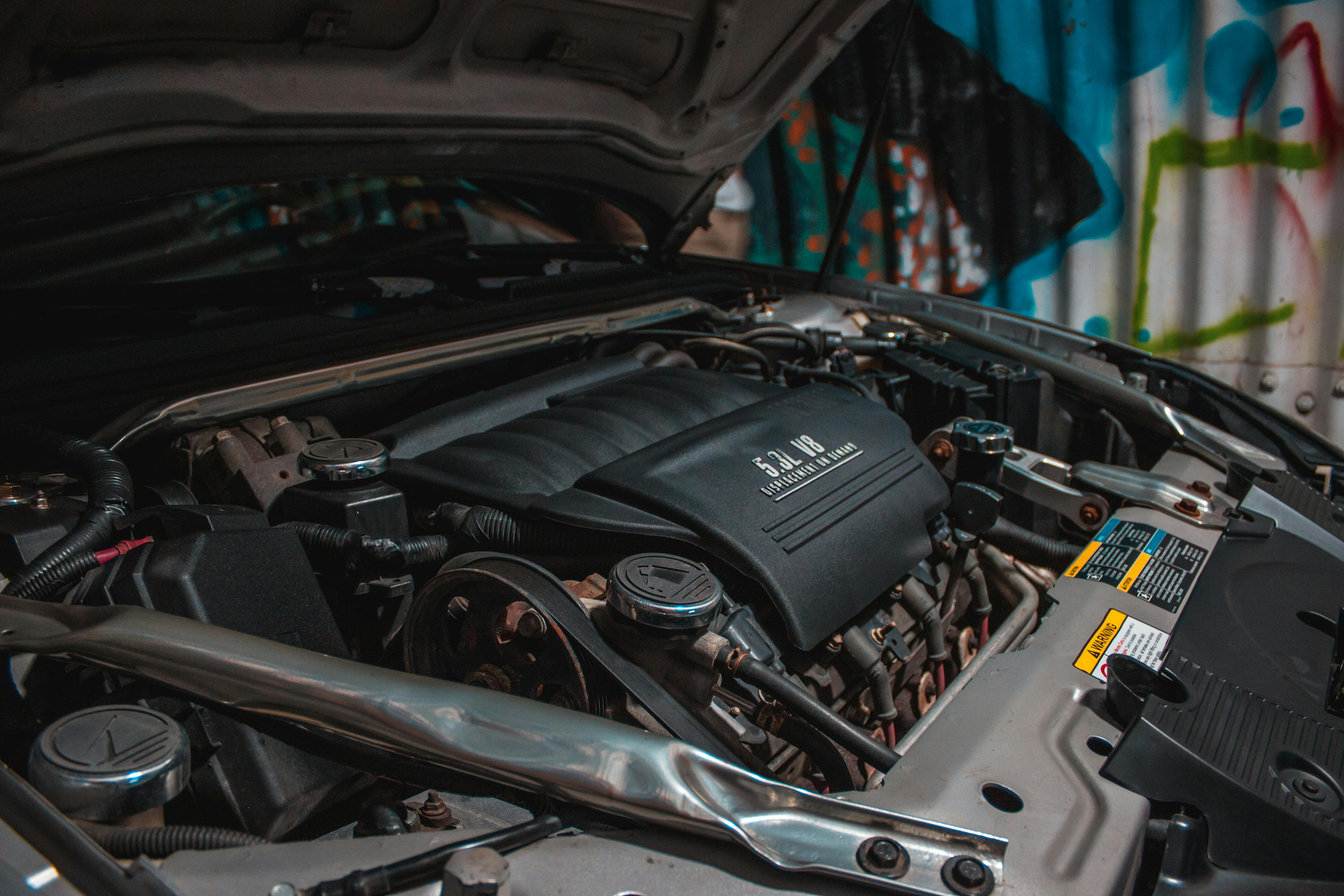Deviated septum is a common condition that affects the structure of the nose, resulting in difficulty breathing and severe discomfort. It is usually caused by trauma, such as a sports injury or a car accident. Fixing a deviated septum involves surgically correcting the nasal passage to improve breathing and alleviate discomfort. Unfortunately, this procedure can be expensive, with costs ranging from thousands of dollars to tens of thousands of dollars depending on the severity of the case and other factors.A deviated septum is a condition in which the thin wall (septum) that divides the two nostrils of the nose is displaced or crooked. This can be caused by injury, birth defects, or trauma to the nose. It can cause a range of symptoms, including difficulty breathing through one or both nostrils, nosebleeds, and facial pain. Treatment options include medication and surgery.
Symptoms of a Deviated Septum
A deviated septum is a condition where the nasal septum, which is the thin wall of cartilage and bone that divides the nostrils, is shifted off center. This can cause difficulty in breathing through one or both nostrils, and can even block the airways in extreme cases. Symptoms of a deviated septum can vary from mild to severe, and may include:
• Nasal congestion – One or both nostrils may be blocked due to an obstruction in the nasal passage caused by the deviated septum. This can lead to difficulty breathing through one or both nostrils and may cause frequent congestion.
• Recurrent sinus infections – The blockage caused by a deviated septum can trap bacteria and other particles in the sinuses, leading to frequent sinus infections.
• Postnasal drip – Mucus produced by the body may be unable to drain properly due to the blockage caused by a deviated septum, which may lead to postnasal drip and sore throat.
• Facial pain or pressure – Pressure caused by nasal congestion due to a deviated septum may result in facial pain or pressure around the eyes, cheeks, or forehead.
• Snoring – Obstruction caused by a deviated septum can lead to snoring while sleeping.
If you experience any of these symptoms on a regular basis, it is important that you consult your doctor as soon as possible for an evaluation and diagnosis. A deviated septum can be corrected with surgery depending on its severity, so it is important that you seek medical attention if you think you may have this condition.
What Causes a Deviated Septum?
A deviated septum is a condition in which the nasal septum, the cartilage and bone that divides the nasal cavity in half, is displaced from its normal midline position. It is usually caused by trauma or injury to the nose, such as from a car accident or sports injury. It can also be caused by birth defects or anatomical variations. In some cases, it can be caused by long-term allergies or other respiratory conditions that cause chronic inflammation in the nose.
In some cases, a deviated septum can be present at birth. This can be due to genetic factors or environmental factors such as maternal smoking during pregnancy. It can also occur as a result of trauma during delivery, such as a baby getting stuck in the birth canal and being forced out with forceps or vacuum extraction.
In adults, deviated septums are often caused by physical trauma to the nose such as sports injuries, car accidents, domestic abuse, falls and fights. If untreated, these types of injuries can cause damage to the cartilage and bone that make up the nasal septum and lead to long-term displacement from its normal position. In some cases, a deviated septum may develop over time due to chronic allergies or respiratory conditions that cause inflammation in the nose.
How is a Deviated Septum Diagnosed?
A deviated septum is often diagnosed during a physical exam by an otolaryngologist (ear, nose and throat specialist). During the exam, the doctor will look inside the nose with a lighted tool called a nasoscope. The doctor may also use an endoscope to look farther into the nasal passages. In some cases, imaging tests such as an X-ray or CT scan may be used to get a better view of the nasal structures. If needed, the doctor may also take a sample of tissue or fluid from inside the nose to test for infection or other conditions. After diagnosing a deviated septum, the doctor can discuss treatment options that are best for each individual case.
In some cases, no treatment is necessary and symptoms can be managed with over-the-counter medications and humidifiers. For more severe cases, surgery may be recommended to improve airflow and reduce symptoms. During surgery, cartilage and bone from within the nose are trimmed or repositioned to straighten out the septum. After surgery, most people report increased airflow in their nose and improved breathing.
Treatments for a Deviated Septum
A deviated septum is a condition in which the nasal septum, or the wall between the two nasal passages, is displaced from its normal position. This can cause a range of symptoms, including nasal congestion, difficulty breathing through one nostril, recurrent sinus infections and facial pain. Treatment options for this condition include medications and surgery.
Medication may be prescribed to help reduce inflammation in the nose and help improve airflow. Nasal corticosteroids are often used to reduce swelling in the nose and open up breathing passages. Decongestants can also be used to reduce swelling and improve airflow through the nose.
In more severe cases of a deviated septum, surgery may be recommended. During a septoplasty procedure, cartilage and bone are removed from the deviated portion of the septum. The remaining cartilage is then restructured into its correct position within the nose. Surgery may also include other procedures such as turbinate reduction if necessary.
Recovery after surgery usually takes several weeks, during which time patients should avoid strenuous activities that could put too much pressure on their noses. During this period medications such as pain relievers or antibiotics may be prescribed to help with recovery and reduce any risk of infection. After recovery is complete, patients should notice an improvement in their breathing and overall nasal function.

How Effective is Surgery to Fix a Deviated Septum?
Surgery to fix a deviated septum, also known as septoplasty, is generally considered an effective procedure. It can help improve breathing problems that are caused by a deviated septum, such as difficulty breathing through the nose or recurrent sinus infections. The surgery often has good results and can improve the quality of life of those who suffer from severe symptoms.
Septoplasty is typically done under general anesthesia, and the procedure usually takes 1-2 hours. During the surgery, the surgeon will make an incision inside the nose to access the nasal septum. The nasal septum is then straightened and repositioned so that it is better aligned with the other structures in the nose. Depending on individual circumstances, additional procedures such as turbinate reduction may also be necessary to further improve breathing through the nose.
The recovery time for septoplasty varies from patient to patient, but it typically takes about a week before most normal activities can be resumed. Most patients experience some swelling and discomfort in the first few days after surgery but this should gradually subside over time. Most people are advised to avoid strenuous activities for at least two weeks after surgery to ensure proper healing.
In general, most people find that their symptoms are improved after having a deviated septum fixed with surgery. Studies have shown that up to 80% of people report improved breathing after undergoing this type of procedure. However, it is important to keep in mind that there are some risks associated with any surgical procedure including infection and bleeding. Therefore, it is important to speak with your doctor about any concerns prior to undergoing surgery.
Is Surgery the Only Treatment for a Deviated Septum?
A deviated septum is a condition where the nasal septum, or the wall that separates the two nasal passages, is not in the center of your nose. This can cause difficulty in breathing as one of nasal passage may be blocked. Surgery is the most common treatment option for this condition. It involves realigning and reshaping the septum to improve airflow. A procedure called septoplasty is often used to correct a deviated septum and is usually performed by an otolaryngologist (ENT doctor).
In some cases, non-surgical treatments such as medications or lifestyle changes may be recommended to treat a deviated septum. However, these are usually only recommended when the symptoms are mild and do not significantly impact breathing. In more severe cases, surgery may be necessary to improve airflow and alleviate symptoms.
If you have been diagnosed with a deviated septum, it is important to discuss all your treatment options with your doctor. They will be able to advise you on which treatment option is best for you based on your individual case. In most cases, surgery will be recommended as it offers long-term relief from symptoms associated with a deviated septum.
Risks and Complications of Surgery to Fix a Deviated Septum
Surgery to fix a deviated septum is generally safe and effective, but like any other surgical procedure, there are risks and complications associated with it. While most people do not experience any serious side effects, there is always the possibility of experiencing some negative outcomes after the surgery. Post-operative bleeding, infection, scarring, and difficulty in breathing are some of the complications that can occur. In addition, there is the potential for damage to the surrounding tissue due to improper technique or inexperienced surgeons. Other risks include numbness or tingling in the area around the nose, as well as temporary changes in taste or smell.
It’s important to discuss all of these risks with your surgeon prior to undergoing surgery to fix a deviated septum. Make sure you understand what steps will be taken if any of these issues arise during or after your procedure. Your surgeon should be able to provide you with detailed information about any potential complications that may occur and what can be done to minimize their chances of occurring. The risks associated with this type of surgery should not deter you from considering it if it’s necessary for your health. With proper preparation and careful monitoring by experienced professionals, most people who have a deviated septum fixed experience successful results with minimal risk and discomfort.

Conclusion
The cost of fixing a deviated septum can vary greatly depending on the severity of the condition, the type of procedure used, and insurance coverage. The cost can range anywhere from a few hundred to several thousand dollars. It’s important to research your options and speak with your doctor before committing to any treatment plan.
Ultimately, it is important to remember that a deviated septum can have serious health implications if left untreated. If you suspect that you may suffer from this condition, it is in your best interest to seek professional medical advice and explore all available treatment options.
